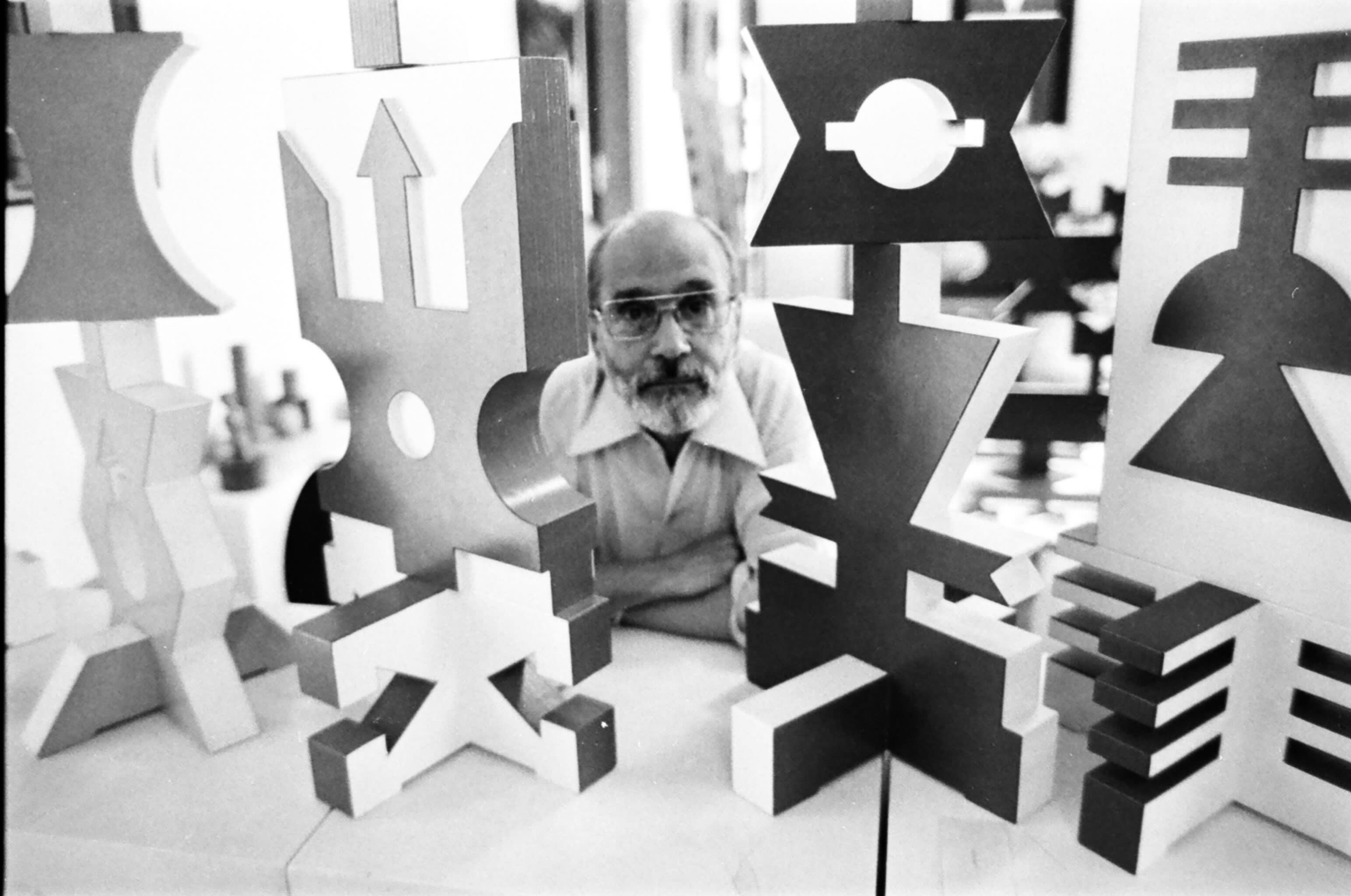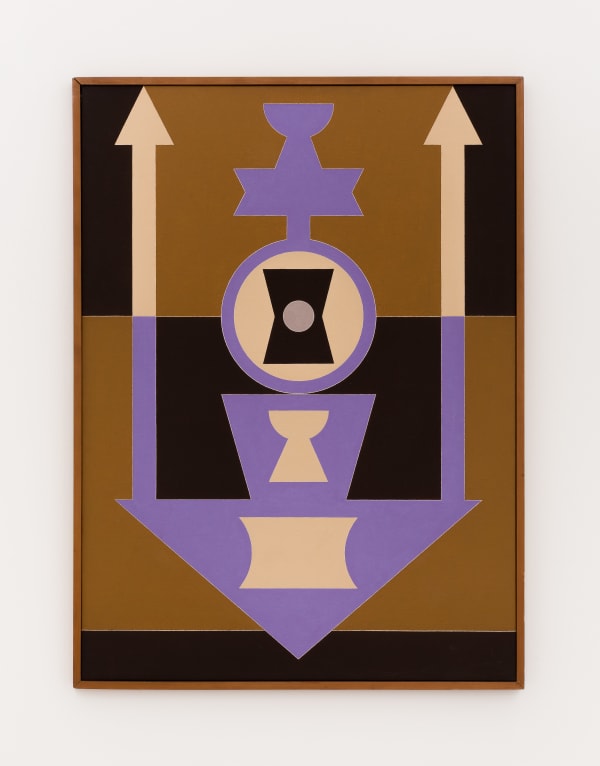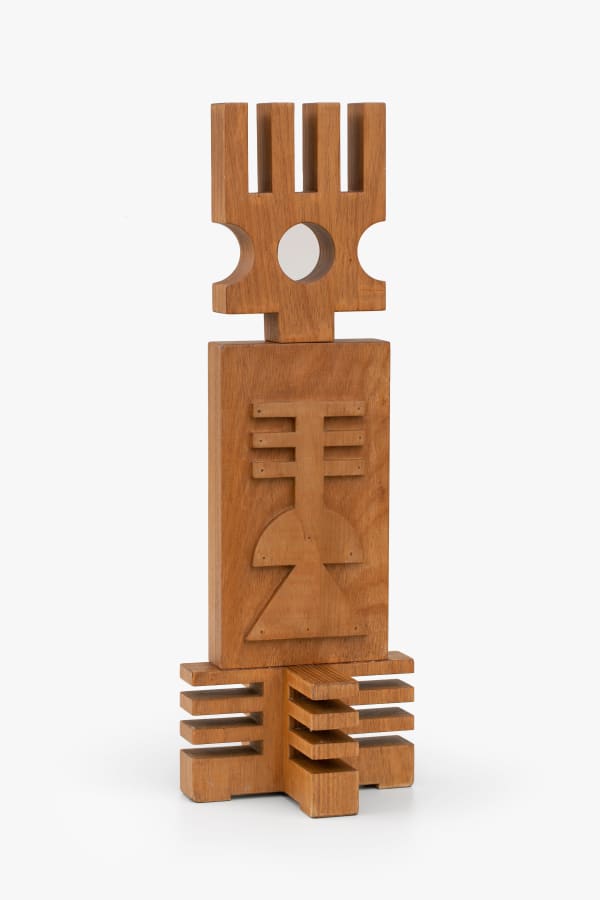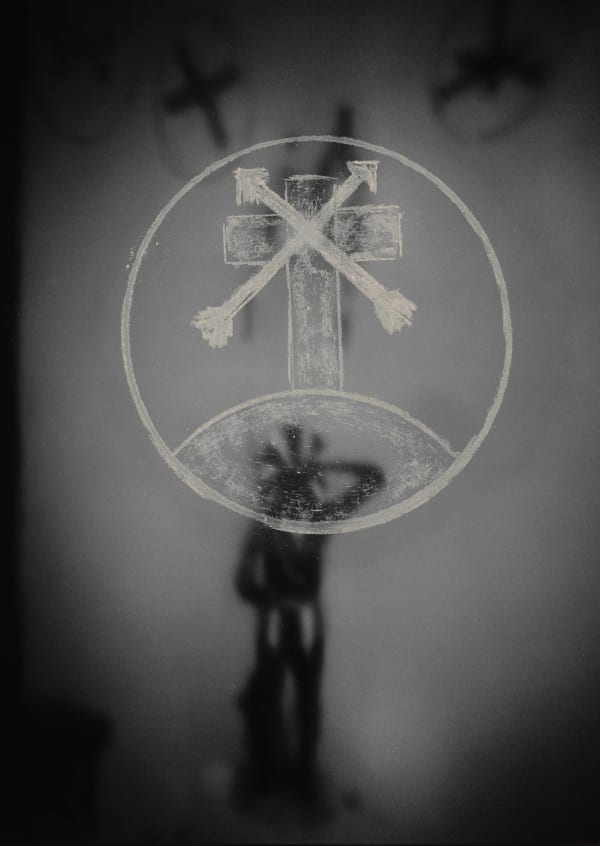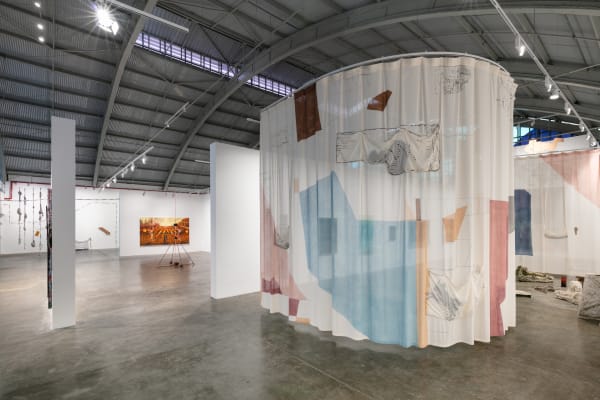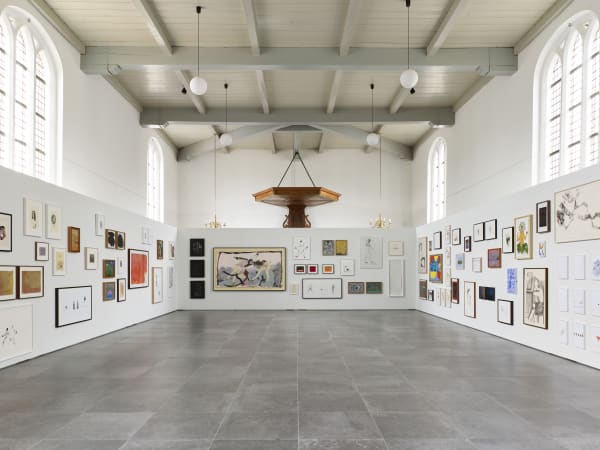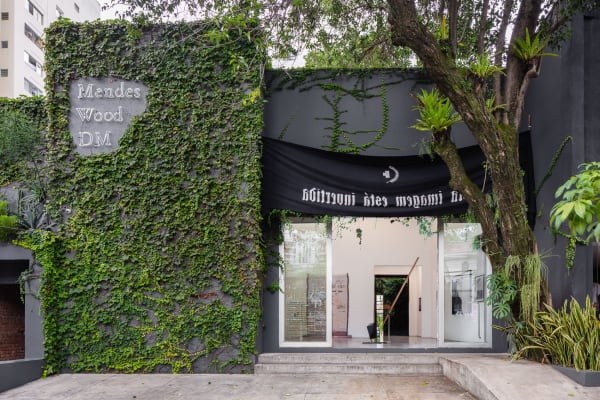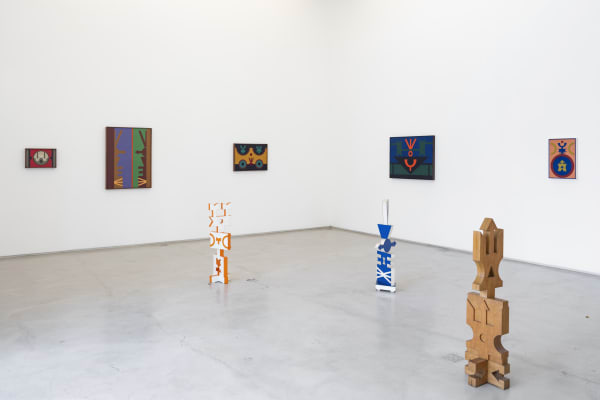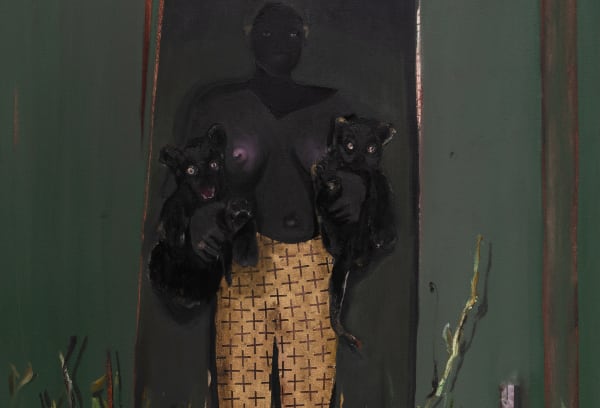With the weight of Bahia on me – the culture experienced; with the black blood in the veins – the atavism; with eyes open to what is being done in the world – contemporaneity; creating its signs-symbols, I try to transform into visual language the enchanted, magical, probably mystical world.
– Rubem Valentim
Rubem Valentim’s career as a painter began in the late 1940s. His production combines several sources that are part of the Brazilian cultural legacy: Popular traditions from the ceramic production of the Northeast, the modernist propositions from the Southeast, and the idea of cultural anthropophagy. In his work, the formal development of constructivist ideas is recreated using Brazilian points of reference, both in formal and historical-political terms.
Valentim’s works are structurally organized and composed of abstract signs made from horizontal and vertical lines, circles, cubes, and arrows. These elements are geometric reductions of Orixá, or deities, from the Afro-Brazilian religions Candomblé and Umbanda. These religions were originally brought to the Americas by enslaved Yoruba peoples from West and Central Africa. Once in Brazil, Candomblé and Umbanda developed further in the presence of indigenous groups and under the influence of the Roman Catholic Church, which was installed in Brazil by Portuguese colonizers.
Alongside his notion of pictorial space and chromatic investigations, Valentim’s work opens up to a myriad of possibilities. His chromatic study generates a new language – a new “signography” – whose iconography is revealed both to those that are familiar and unfamiliar to the Afro-Brazilian religious references he uses. The semiology present in his production proposes the union of the sacred and the Cartesian, conjuring spiritual concerns almost mathematically.
In order to pictorially represent his cultural connection as an Afro-Brazilian descendant, Valentim sought an artistic language able to illustrate Brazilian cultural miscegenation. Some elements appear repeatedly in his clusters of pure and lively colors. As an attempt to highlight chromatic intensity, the color white often appears as the background. His work bears an intrinsic meaning of rite and ceremony, merging abstract and geometric forms appropriated from constructivism.
Valentim’s production provides tangibility to the social-political and historical aspects that form the current popular understanding of Brazil. These aspects are still resonating today as repercussions of the colonial processes in 16th-century Latin America and 19th-century Africa. In addition, his works incisively refer to the constant threats to progressive and humanist awareness during the military dictatorship in Brazil, which are still prevalent. Interested in the Brazilian modernist architecture movement, Valentim lived in the newly built capital Brasília for many years. During this time, the movement’s values and ideas inspired the artist’s investigations in the field of sculpture, which developed into a Brancusian opposition against the idea of sculpture as a monument but as a mobile possibility instead.
Rubem Valentim (b. 1922, Salvador, Brazil; d. 1991, São Paulo)
Valentim lived in Rio de Janeiro from 1957 to 1963, where he became assistant professor to Carlos Cavalcanti, teaching Art History at Instituto de Belas Artes. In 1963, he moved to Rome after being awarded a travel prize from Salão Nacional de Arte Moderna (SNAM). In 1966, Valentim took part in the World Festival of Black Arts in Dakar. Upon his return to Brazil, he moved to Brasília, where he gave painting lessons at Instituto de Artes da Universidade de Brasília (UnB). In 1972, the artist produced a marble mural for the government headquarters in Brasília. In 1979, Valentim created a large-scale concrete sculpture installed at Praça da Sé in São Paulo and defined it as the “Syncretic Structure of Afro-Brazilian Culture.” In the same year, he was selected by a group of critics to produce five medallions in gold, silver, and bronze as Afro-Brazilian symbols for an important public building. In 1998, Museu de Arte Moderna da Bahia (MAM/BA) opened the Rubem Valentim Special Room at its Sculpture Park. In 2018, Museu de Arte de São Paulo (MASP) presented a major retrospective of his work.
His works are present in several permanent collections, including MoMA, New York; Museu de Arte Moderna de São Paulo (MAM), São Paulo; Pinacoteca do Estado de São Paulo, São Paulo; Museu de Arte Moderna do Rio de Janeiro, Rio de Janeiro, Museu de Arte Moderna da Bahia, Salvador; Museu de Arte de Brasília, Brasília; Museu de Arte de São Paulo Assis Chateaubriand (MASP), São Paulo; Museu Afro Brasil, São Paulo; Colección Patrícia Phelps de Cisneros, New York and Caracas; Coleção Adolpho Leirner, São Paulo; Gem Houston, Houston, among others.
-
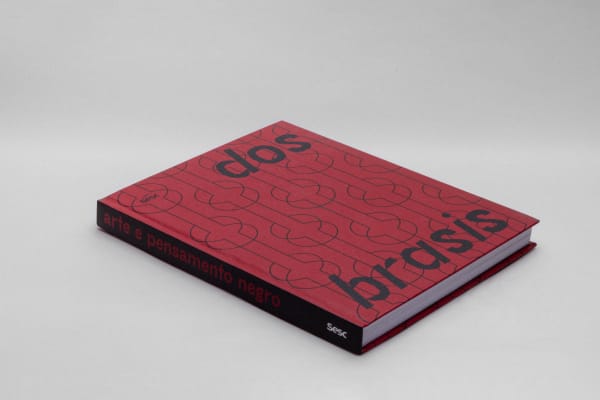
Dos Brasis
arte e pensamento negro 2023 Read more -

The Brazilian Trace / A Riscadura Brasileira
Rubem Valentim Giulio Carlo Argan, Claudia Fazzolari, Cristiano Raimondi, Daniel Rangel, Rubem Valentim, 2022Hardcover, 164 pagesRead more
Publisher: Mousse Publishing
ISBN: 978-88-6749-566-5
Dimensions: 16.5 x 23.5 cm -
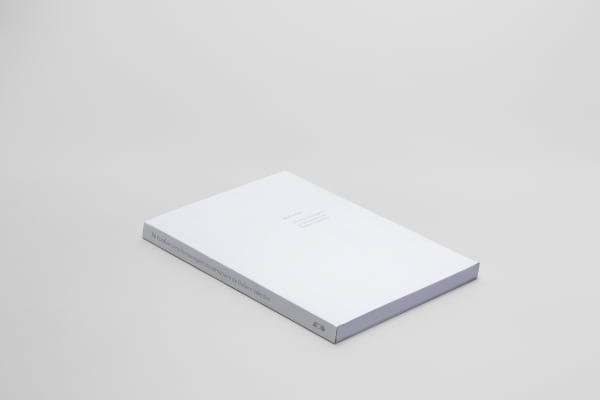
Ilê Funfun: Uma homenagem ao centenário de Rubem Valentim
Daniel Rangel, 2022Softcover, 196 pagesRead more
Publisher: Almeida & Dale
ISBN: 9786599239472
Dimensions: 18 x 26 cm -
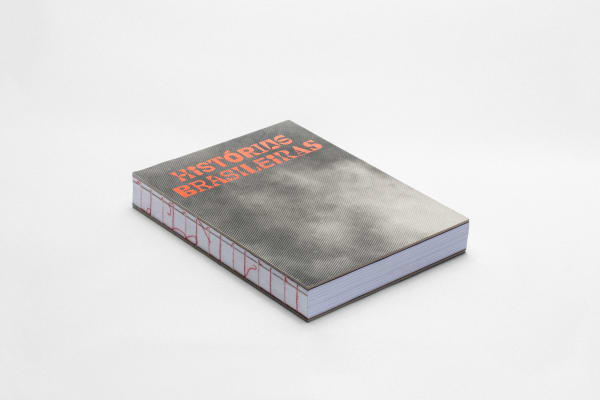
Histórias brasileiras
MASP, 2022Hardcover, 404 pagesRead more
Publisher: MASP
Dimensions: 20,5 x 27,5 cm -
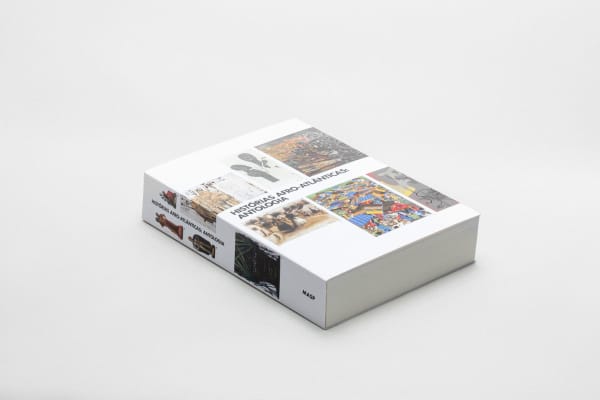
Histórias afro-atlânticas - Antologia
Adriano Pedrosa, Amanda Carneiro e André Mesquita, 2022Hardcover , 760 pagesRead more
Publisher: MASP
ISBN: 978-65-5777-016-0
Dimensions: 18x24,5cm -
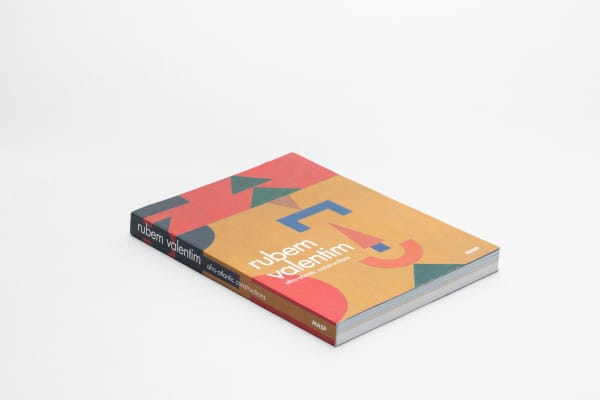
Afro-Atlantic Constructions
Rubem Valentim Abigail Lapin Dardashti, Adriano Pedrosa, Artur Santoro, Fernando Oliva, Hélio Menezes, Lilia Moritz Schwarcz, Lisette Lagnado, Marcelo Mendes Chaves, Marta Mestre, Renata Bittencourt, Roberto Conduru, Clarival do Prado Valladares, Frederico Morais, Giuli, 2018Brochura, 288 pagesRead more
Publisher: MASP
ISBN: 978-85-310-0055-3
Dimensions: 20,5x27,5cm
-

Dos Brasis – Arte e Pensamento Negro
Sonia Gomes, Paulo Nazareth, Antonio Obá, Rosana Paulino, Rubem Valentim, Castiel Vitorino Brasileiro Apr 30, 2024Sesc QuitandinhaRead more
Rio de Janeiro, Brazil
03/05 — 27/10 2024 -

60th International Art Exhibition – La Biennale di Venezia
Rubem Valentim Apr 11, 2024Read moreStranieri Ovunque – Foreigners Everywhere
Curated by Adriano Pedrosa
Venice, Italy
20/04 2024 – 24/11 2024 -

35th Bienal de São Paulo – choreographies of the impossible
Rubem Valentim 06/09 – 10/12 2023Fundação Bienal de São PauloRead more
São Paulo, Brazil
06/09 – 10/12 2023
Sign up to our newsletter to receive the latest updates about Rubem Valentim and the gallery
* denotes required fields
We will process the personal data you have supplied to communicate with you in accordance with our Privacy Policy. You can unsubscribe or change your preferences at any time by clicking the link in our emails.
